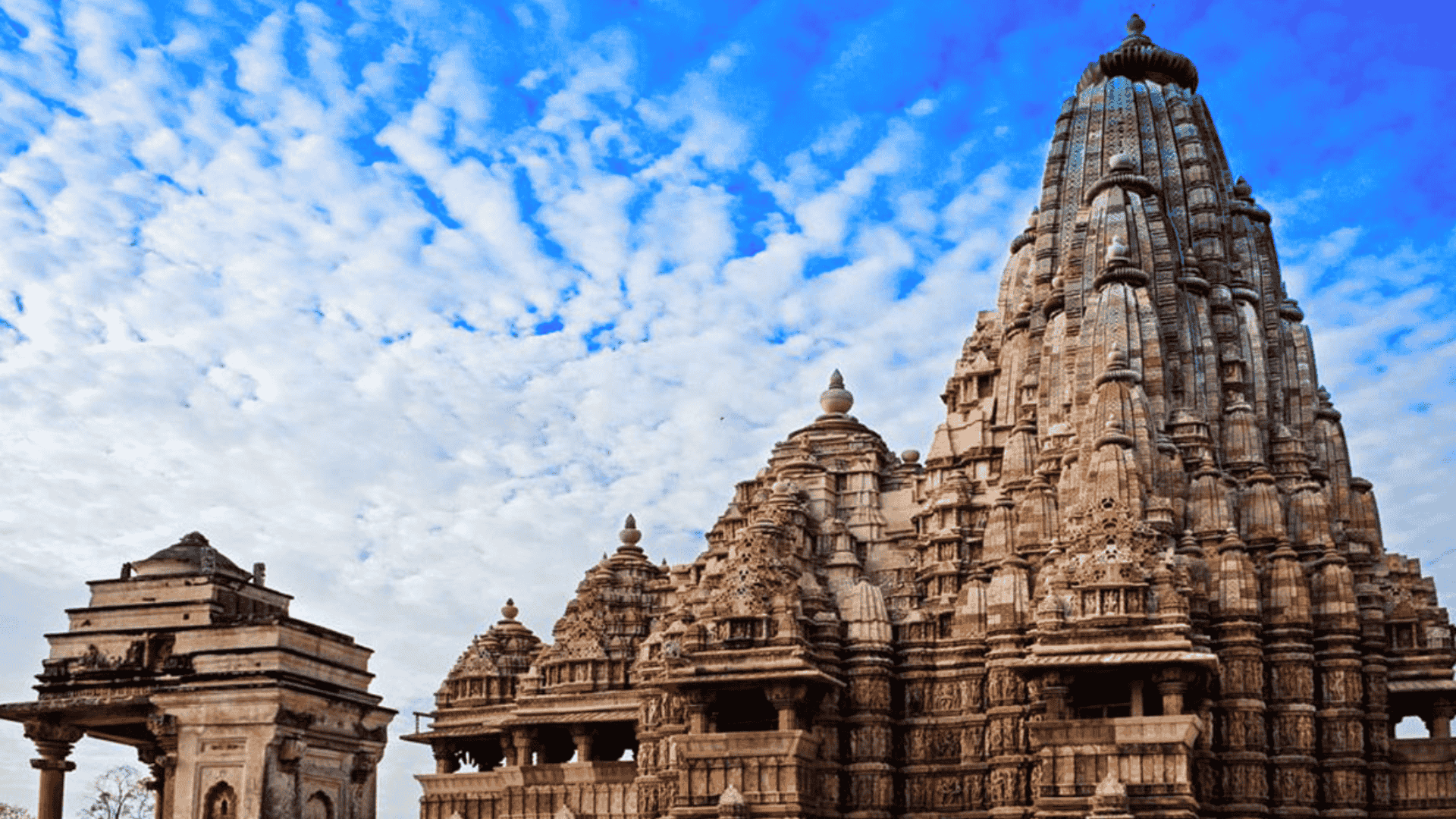Understanding the Foundation of Indian Temple Architecture
Indian temple architecture stands as one of the most significant cultural achievements in the subcontinent, representing a complex interplay of artistic expression, religious devotion, and political power. The tradition of temple construction in India dates back to at least the fifth century CE, though evidence suggests much earlier origins through artifacts like the Garuḍa pillar from Besnagar (120 BCE) and Śivaliṇga from Gudimallan (80 BCE).
The Three Major Architectural Traditions
Nāgara Style (Northern Tradition)
The Nāgara or northern building tradition emerged as the dominant architectural style in North, Central, and West India. Key characteristics include:
Shikhara Design: Curvilinear spires with smooth, rounded appearance topped with āmalaka (fluted bulbous capstone)
Platform Construction: Temples built on raised stone platforms accessible by steps
Architectural Elements: Features gavākṣa (cow's eye motif) and bālapañjara (cage aedicule) over pillarlets
Examples: Vishwanath temple at Khajuraho, Lingaraj temple, and Konark Sun Temple
Draviḍa Style (Southern Tradition)
The Draviḍa or southern building tradition developed distinct characteristics in South India:
Vimāna Structure: Pyramidal towers with multiple storeys housing the sanctum
Gopuram Gateways: Ornately decorated entrance towers as prominent features
Architectural Components: Incorporates kūṭa (domed aedicule), śālā (wagon-vault roofed aedicule), and compound walls
Notable Examples: Brihadeshwara Temple at Thanjavur, Meenakshi Temple
Vesara Style (Hybrid Tradition)
The Vesara style represents a synthesis of northern and southern traditions, primarily associated with the Deccan region:
Fusion Elements: Combines features from both Nāgara and Draviḍa styles
Regional Development: Evolved in Karnataka and surrounding areas
Examples: Hoysala temples including Chennakesava and Hoysaleswara
Political Dimensions of Temple Architecture
Royal Patronage and Power Assertion
Temple construction served as a powerful tool for political legitimacy and territorial control. Rulers utilized temple patronage to:
Assert Supremacy: Kings like Rajaraja Cola built the Thanjavur Brihadesvara temple to demonstrate regional dominance
Divine Kingship: Rulers named presiding deities after themselves, as seen with Chalukya king Vijayāditya's Śrī-Vijayēśvara-Bhaṭṭāraka
Political Mobilization: Religious symbols were employed for political purposes and power consolidation
Economic and Social Functions
Temples functioned as comprehensive community centers beyond religious worship:
Monastery Functions: Served as hospitals and asylums for the ill and cattle
Cultural Activities: Hosted musical programs through land grant arrangements
Economic Hubs: Attracted patronage from various social strata, creating economic networks
Recent Developments in Indian Temple Architecture
Archaeological Discoveries
Recent archaeological activities have renewed interest in India's temple heritage:
Agroha Excavations: ASI resumed excavations at Haryana's Agroha after 44 years, uncovering significant structural remains from the Gurjar-Pratihar period (8th-11th centuries CE)
Heritage Tourism Circuits: Development of new tourism circuits including Rakhigarhi, Banawali, and Kurukshetra
Conservation Projects: Multiple heritage conservation initiatives launched across Madhya Pradesh, including Orchha and Garh Kundar Fort
Contemporary Temple Projects
Modern temple construction continues the architectural tradition:
Ram Temple Ayodhya: Construction completion scheduled for June 5, 2025, with traditional architectural elements
Heritage Preservation: Restoration of historic temples for Kumbh Mela 2025, including Mankameshwar and Dwadash Madhav temples
Architectural Elements and Symbolism
Core Components
Indian temples share fundamental architectural elements regardless of regional variations:
Garbhagriha (Sanctum): Sacred innermost chamber housing the main deity
Mandapa (Hall): Pillared entrance hall for congregational gatherings
Shikhara/Vimana: Tower structure symbolizing the mountain abode of deities
Pradakshina Patha: Circumambulatory path around the sanctum
Symbolic Significance
Temple architecture embodies profound spiritual and cultural meanings:
Cosmic Representation: Temples represent the universe in miniature form
Mountain Symbolism: Spires symbolize sacred mountains where deities reside
Sculptural Narratives: Relief carvings depict mythological stories and religious teachings
Why This Matters for Your Exam Preparation
UPSC Relevance
Understanding Indian temple architecture is crucial for multiple UPSC subjects:
Art and Culture: Forms a significant portion of GS Paper-1 syllabus covering ancient to modern times
Previous Year Questions: Regular appearance in both Prelims and Mains examinations
Mains Application: Questions on temple architecture's social, political, and cultural dimensions
Competitive Exam Strategy
Key preparation points for aspirants:
Architectural Styles: Master the distinguishing features of Nāgara, Draviḍa, and Vesara styles
Historical Context: Understand the political and social factors influencing temple construction
Regional Variations: Study specific examples from different periods and regions
Contemporary Relevance: Connect historical knowledge with current archaeological discoveries and conservation efforts
For comprehensive preparation on Indian temple architecture and other UPSC topics, visit Atharva Examwise for detailed study materials and expert guidance tailored for serious competitive exam aspirants.






